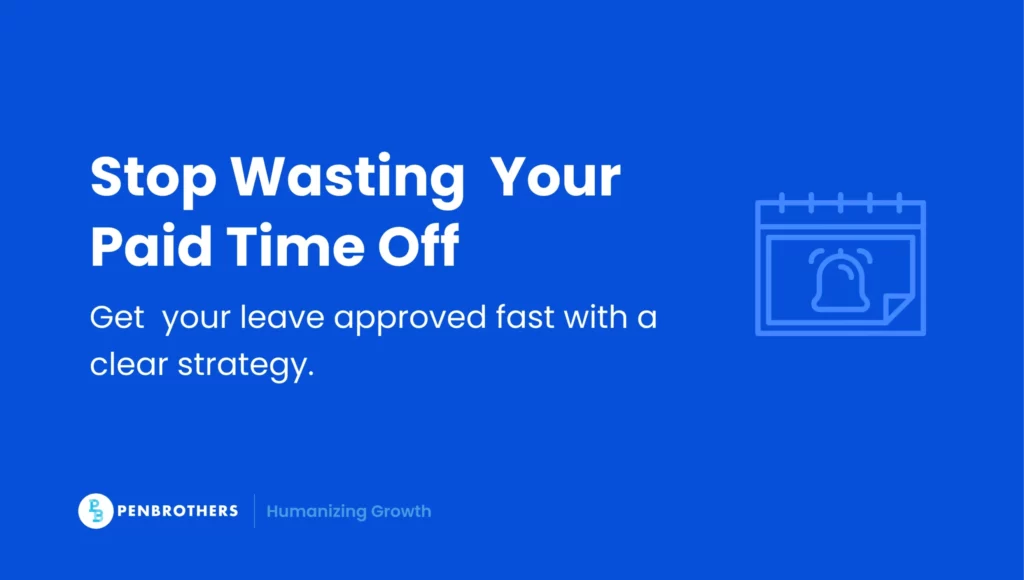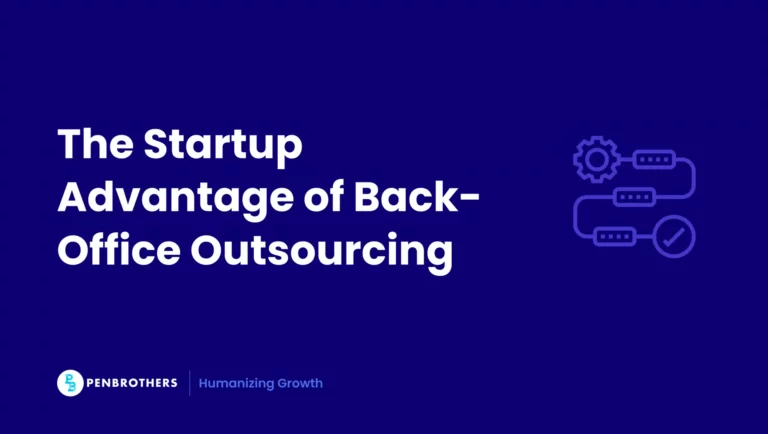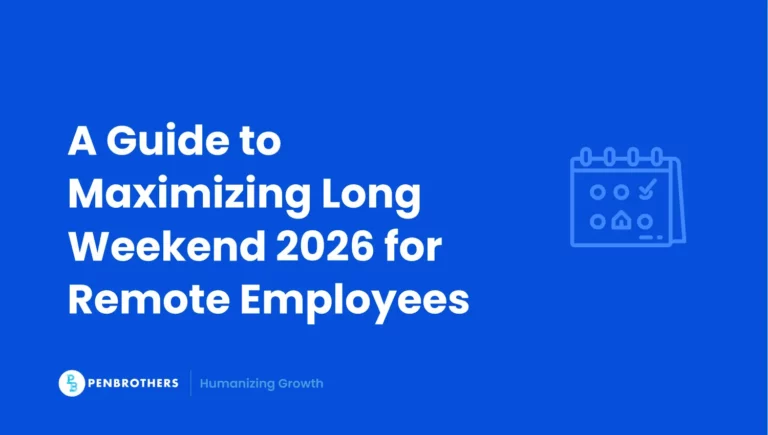Key Takeaways
- A Strategic Act for Well-Being and Performance: Planning your leave is not just about scheduling a vacation; it is a strategic activity that is crucial for maintaining your mental well-being, preventing burnout, and ensuring your long-term productivity and career success.
- Align Your Plan with Business and Team Needs: To ensure a smooth and approved leave process, you must be proactive. This means studying your company’s leave policies and any blackout dates early in the year, considering major project deadlines, and coordinating with your team well in advance to minimize disruption.
- A Seamless Handover Plan is Essential for a Stress-Free Break: A key component of planning your leave is creating a thorough handover plan. This should include documenting the status of all your ongoing tasks, assigning a clear point of contact to handle matters in your absence, and setting up a professional out-of-office message.
- Set Firm Boundaries to Truly Disconnect and Recharge: Taking time off is only effective if you are actually able to disconnect from work. It is essential to set firm boundaries by turning off your work notifications, clearly communicating your unavailability to your team, and trusting them to manage responsibilities while you are away.
Why Strategic Leave Planning Matters
Taking time off isn’t just a perk. It’s crucial to maintain productivity, mental well-being, and long-term career success. Proper leave planning ensures you get the rest you need without disrupting work responsibilities or feeling overwhelmed before and after your break.
Yet, many employees struggle with last-minute leave requests, uncooperative schedules, and the fear of being seen as less committed. By proactively mapping out your leaves for the year, you can avoid stress, align your breaks with company needs, and make the most of your paid time off.
Common Leave Planning Challenges
1. Navigating Company Policies & Blackout Dates
Many organizations enforce restrictions on when employees can take leave, especially in peak business seasons. Some roles have limited flexibility due to operational demands, making it tough to plan extended breaks.
Solution: Study your company’s leave policies early in the year. If your workplace has blackout dates, identify alternative periods when leave is more feasible. If you’re in a client-facing or project-heavy role, anticipate peak workloads and plan accordingly.
2. Managing Team Dependencies
Taking leave without a transition plan can burden your teammates, potentially causing bottlenecks or project delays. Some employees avoid taking leaves altogether because they worry about leaving colleagues to pick up the slack.
Solution: Proactively coordinate with your team. Give advance notice so work can be distributed evenly. Document your processes and ensure a clear handover plan. Consider scheduling your leave around project milestones to minimize disruption.
3. Overcoming the Guilt of Taking Time Off
Many professionals hesitate to request leave, fearing it will be perceived as a lack of dedication. This mindset can lead to burnout and decreased productivity over time.
Solution: Recognize that rest enhances performance. Taking time off isn’t a sign of disengagement—it’s a necessary step toward maintaining efficiency and creativity. Companies that prioritize employee well-being value proactive leave planning rather than last-minute absences.
How to Plan Your Leave Effectively
1. Align Your Leave Plan with Business Needs
Requesting leave strategically means finding the balance between personal priorities and work commitments. Before booking that dream vacation, ask yourself:
- Are there major deadlines, product launches, or peak seasons to consider?
- Does my leave request align with my team’s workload?
- Have I given enough notice to ensure a smooth transition?
By planning ahead and being mindful of your company’s operations, you can secure your time off without negatively impacting workflow.
2. Leverage Public Holidays and Long Weekends
Maximizing your leave means working smarter, not harder. Here’s how you can stretch your time off without exhausting your leave credits:
- Combine annual leave with public holidays. If a holiday falls on a Thursday, take Friday off to enjoy an extended break.
- Consider shoulder season travel. Taking leave outside of peak vacation months can mean cheaper flights and fewer crowds.
- Use half-day leaves strategically. Instead of full-day leaves, taking half-days before or after a weekend can provide extra rest without depleting your leave balance.
3. Create a Seamless Handover Plan
Leaving work in a chaotic state before your leave can make your return stressful. Here’s how to ensure a smooth workflow in your absence:
- List ongoing tasks and their progress. Ensure your team knows where everything stands.
- Assign a point of contact. Designate someone who can make decisions in your absence.
- Set up an out-of-office message. Clearly state your return date and who to contact for urgent matters.
A well-planned transition shows professionalism and makes it easier to unplug during your leave.
4. Set Boundaries for a Real Break
Time off should be exactly that—time away from work. However, many professionals struggle with disconnecting, especially in remote or hybrid setups. To truly recharge:
- Turn off work notifications. If possible, log out of email and work apps.
- Communicate your boundaries. Inform your team that you’ll be offline and unavailable for non-urgent matters.
- Resist the urge to check-in. Trust your team to handle things while you’re away.
Take Control of Your Work-Life Balance
Planning your leave isn’t just about taking time off—it’s about taking ownership of your well-being. A well-thought-out leave strategy allows you to rest, reset, and return with renewed focus.
More importantly, working for a company that values work-life balance makes all the difference. If you’re seeking a workplace that supports flexibility and career growth, explore opportunities at Penbrothers. Here, your well-being matters just as much as your professional success.
Watch Devy’s career journey here:
Frequently Asked Questions
Planning your leave in advance is important for several reasons. It helps you avoid conflicts with major work deadlines or company blackout dates, allows you to coordinate effectively with your team to prevent burdening them with unexpected work, and reduces your own stress by ensuring a smooth transition before you leave and when you return.
You should review your company’s leave policy at the beginning of the year to identify any blackout dates, which typically occur during peak business seasons or critical project periods. You can then plan your personal time off around these dates and look for alternative, less busy times to schedule your breaks.
A good handover plan should include three key elements: a list of all your ongoing tasks and their current status, the designation of a specific point of contact who is authorized to handle urgent matters or make decisions in your absence, and a clear out-of-office message on your email that states when you will return and who to contact for immediate needs.
A strategic way to maximize your time off is to schedule your leave days adjacent to public holidays. By taking a single day of leave next to a holiday that falls on a Thursday or Tuesday, for example, you can create a four-day long weekend while only using one of your leave credits.
It is important to reframe your mindset and recognize that rest is essential for maintaining high performance. Taking time off is not a sign of a lack of dedication; it is a necessary and professional step to prevent burnout, recharge your creativity, and ensure your long-term productivity and effectiveness at work.






